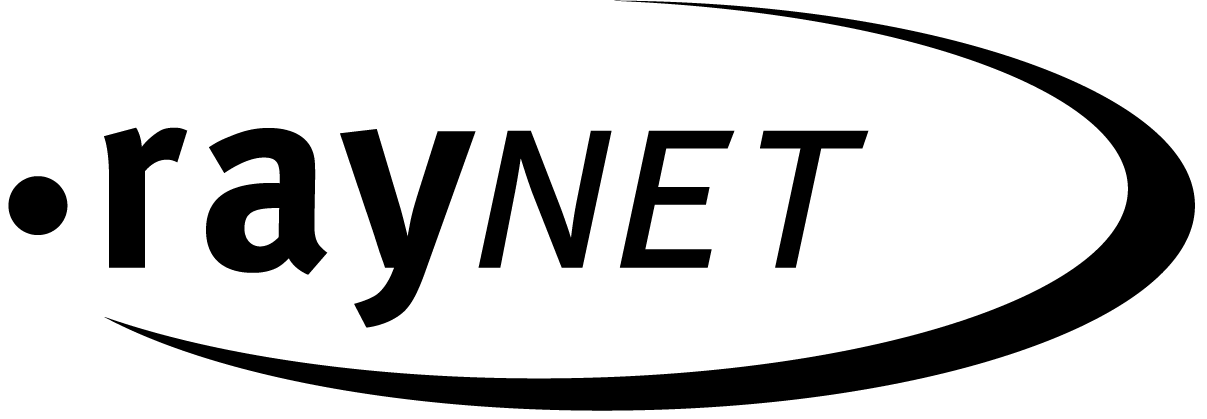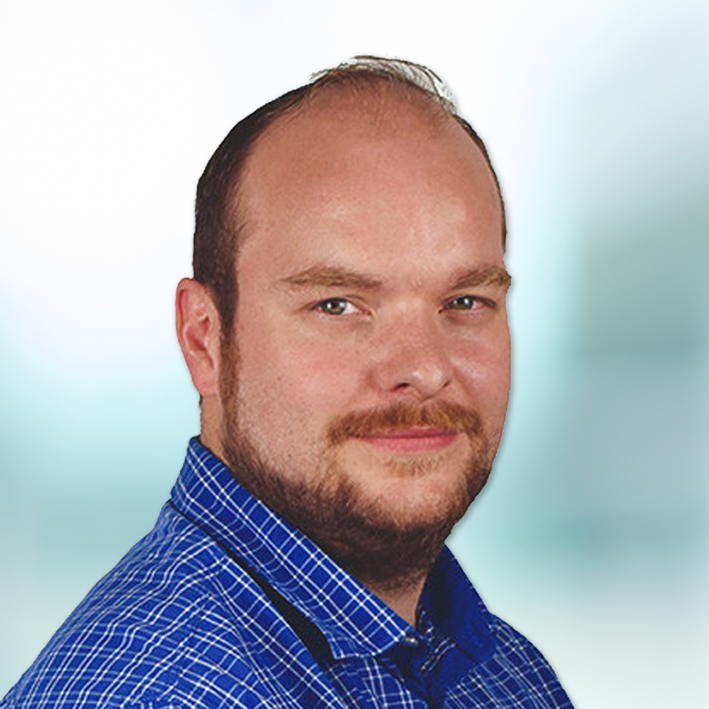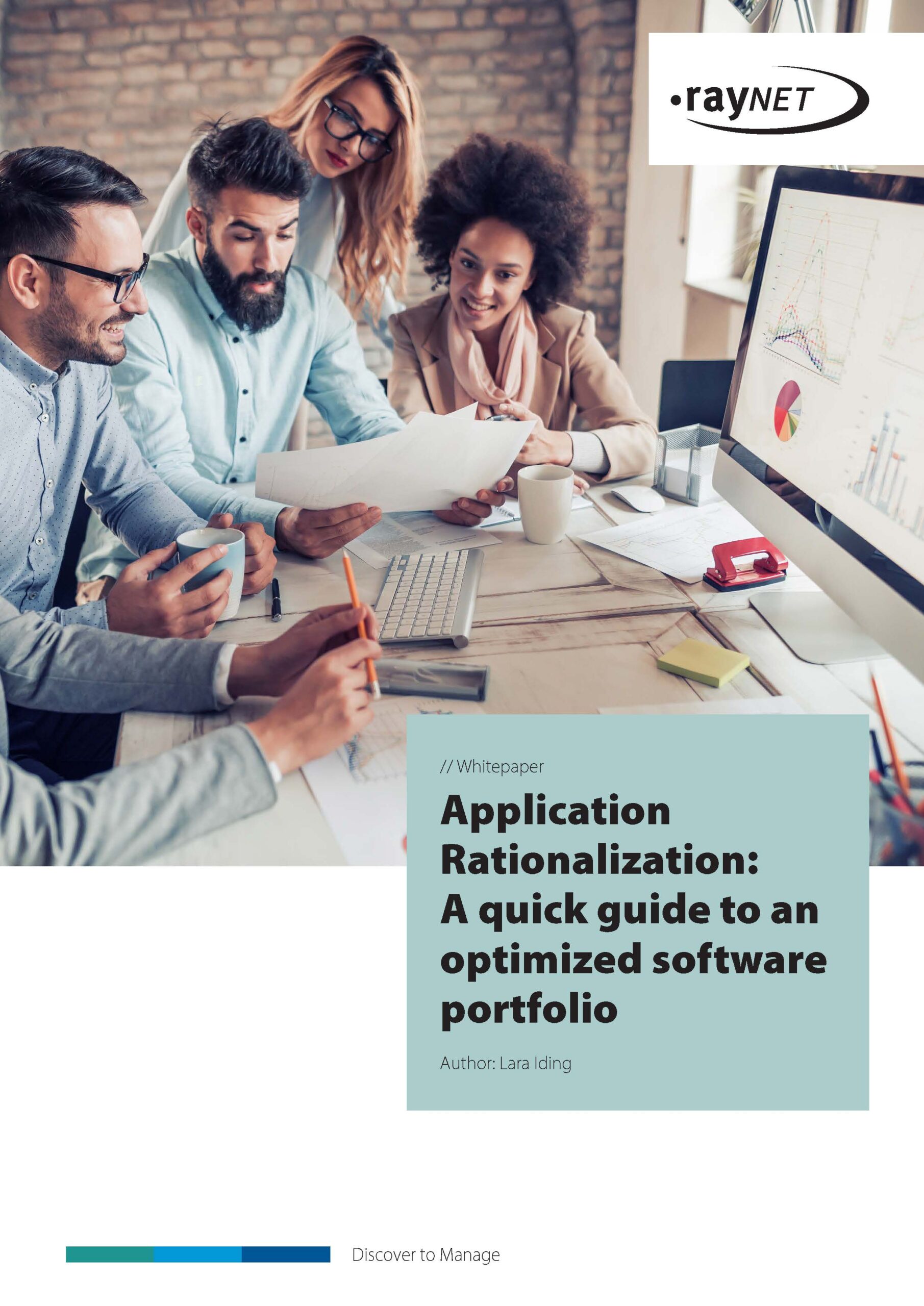How rationalizing your software portfolio can make your business leaner, fitter and more agile
Date: April 25th, 2023
How cluttered is your software application portfolio? Do you have a lot of useless, unused software that adds to your operational costs without adding value to your business portfolio? Do you struggle to get transparency through the weeds of redundant applications? Can you keep up with the grueling routine of patching and updating 38 different PDF writer? Technology stacks can grow like untended gardens. We find new products and new solutions, onboard project applications, but as time goes on, we forget to clean up what we have, to get rid of the old to make room for the new, and ask the question, “do I really use this? Do I need it? Am I going to need it soon? Do I have something better that does the same thing? Do I really need six of them where two will do?”
Application Rationalization is about clearing out the clutter from your portfolio. Getting rid of the weeds allows you to see what you have, focus on maintaining what matters, and can help you keep your infrastructure safe from harmful visitors. Improved visibility can also help you understand where you can find savings by eliminating application waste, avoiding additional unnecessary spend, better utilizing the tools and solutions already in your portfolio, and identifying and remediating technical debt and make strategic investment decisions for the future.
The strategic focuses of Application Rationalization
Application rationalization should be a strategic initiative, one that’s focused on making your environment leaner, more transparent, and easier to operate, maintain and secure. The less time you need to spend on keeping everything running, the more time you have to sharpen your competitive edge. Here are the three things to focus on when rationalizing and optimizing your portfolio:
1. Manage growing costs
a) Operating costs – Keeping software and applications up to date, patched, and secure costs time and money. According to the journal “Applied Computing and Informatics”, this can consume anywhere between 75 and 80% of your IT budget and countless working hours.
b) Support costs – Depending on the software title, there may be an additional on-going support contract to supply updates and critical security patches. But if you’re not actively using the title, then these contracts multiply the wasted spend.
c) License costs – Identify costly and unnecessary licenses and editions. Frequently, employees don’t need or use the features and functions available with more expensive editions, and a cheaper edition would be more than sufficient.
Author:
Related links:
Share blog:
Application Rationalization: A quick guide to an optimized software portfolio
In this whitepaper, we’ll show you how to align your costs and business needs with a complete and comprehensive overview of your software portfolio:
Key topics:
- What’s driving software sprawl and how can it be prevented?
- Why is transparency over your software portfolio indispensable?
- 43% cut in applications while retaining 100% business functionality
- 6 Steps to a fitter software portfolio
2. Improve infrastructure security
Unmanaged software and apps can pose security concerns – if you’re not regularly managing your portfolio, then you might not know what is and isn’t patched, what might be vulnerable, and what might have already been affected by a breach. Portfolio rationalization is critical not just for closing cost gaps and to reducing waste but also to increasing the security of your infrastructure. Make sure you have the most recent versions of an application in your portfolio or that you’re offloading applications that might increase your risk of a data breach.
3. Increase uptime and improve service stability
The larger and more complex your portfolio, the likelier it is that something will go down. A portfolio that has been rationalized will be easier to navigate and manage when something causes an interruption. A portfolio that hasn’t been rationalized, on the other hand, will make it harder to locate and mitigate the problem while also increasing the likelihood of an interruption.
A 2022 report from the Uptime Institute claims that costly outages are becoming increasingly more common:
- Over 60% of outages cost more than $100,000, an increase from 39% in 2019.
- 15% of outages cost more than $1 million, an increase from 11% in 2019.
Rationalizing your software portfolio can dramatically decrease costly downtimes and improve your service reliability, leading to happier customers and a better brand image.
How to do application rationalization
It’s one thing to have the strategic priorities in place, but it’s another to execute the strategy. The foundation is an overview of your entire portfolio with key data about your application portfolio, including:
- business function
- product family
- platform
- overlapping products
- End-of-Life & End-of-Support information
- device information
This kind of data enrichment can only be provided by a robust Technology Catalog. Making your data smarter and more powerful is key to any optimization and rationalization initiative.
3 Steps to application rationalization
With the right tools and processes, application rationalization can be a simple process.
1. Data Import
With its flexible inventory methods (agent-based & agentless), an integrated ETL technology, the Unified Data Platform combines different structured data from different sources in one central platform.
2. Software Recognition
Software recognition involves the assignment of existing raw data to applications. One of the market-leading technology catalogs not only identifies vulnerabilities and risks, but also potential for optimization.
3. Software Rationalization
Meaningful dashboards and reports provide you with concrete recommendations for action to clean up your software landscape. Both your software strategy and economic aspects are considered.
How rationalizing your software portfolio can make your business leaner, fitter and more agile
Reading time: 4 minutes
April 25th, 2023 | Christian Horstkötter
How cluttered is your software application portfolio? Do you have a lot of useless, unused software that adds to your operational costs without adding value to your business portfolio? Do you struggle to get transparency through the weeds of redundant applications? Can you keep up with the grueling routine of patching and updating 38 different PDF writer? Technology stacks can grow like untended gardens. We find new products and new solutions, onboard project applications, but as time goes on, we forget to clean up what we have, to get rid of the old to make room for the new, and ask the question, “do I really use this? Do I need it? Am I going to need it soon? Do I have something better that does the same thing? Do I really need six of them where two will do?”
Application Rationalization is about clearing out the clutter from your portfolio. Getting rid of the weeds allows you to see what you have, focus on maintaining what matters, and can help you keep your infrastructure safe from harmful visitors. Improved visibility can also help you understand where you can find savings by eliminating application waste, avoiding additional unnecessary spend, better utilizing the tools and solutions already in your portfolio, and identifying and remediating technical debt and make strategic investment decisions for the future.
The strategic focuses of Application Rationalization
Application rationalization should be a strategic initiative, one that’s focused on making your environment leaner, more transparent, and easier to operate, maintain and secure. The less time you need to spend on keeping everything running, the more time you have to sharpen your competitive edge. Here are the three things to focus on when rationalizing and optimizing your portfolio:
1. Manage growing costs
a) Operating costs – Keeping software and applications up to date, patched, and secure costs time and money. According to the journal “Applied Computing and Informatics”, this can consume anywhere between 75 and 80% of your IT budget and countless working hours.
b) Support costs – Depending on the software title, there may be an additional on-going support contract to supply updates and critical security patches. But if you’re not actively using the title, then these contracts multiply the wasted spend.
c) License costs – Identify costly and unnecessary licenses and editions. Frequently, employees don’t need or use the features and functions available with more expensive editions, and a cheaper edition would be more than sufficient.
Application Rationalization: A quick guide to an optimized software portfolio
In this whitepaper, we’ll show you how to align your costs and business needs with a complete and comprehensive overview of your software portfolio:
Key topics:
- What’s driving software sprawl and how can it be prevented?
- Why is transparency over your software portfolio indispensable?
- 43% cut in applications while retaining 100% business functionality
- 6 Steps to a fitter software portfolio
2. Improve infrastructure security
Unmanaged software and apps can pose security concerns – if you’re not regularly managing your portfolio, then you might not know what is and isn’t patched, what might be vulnerable, and what might have already been affected by a breach. Portfolio rationalization is critical not just for closing cost gaps and to reducing waste but also to increasing the security of your infrastructure. Make sure you have the most recent versions of an application in your portfolio or that you’re offloading applications that might increase your risk of a data breach.
3. Increase uptime and improve service stability
The larger and more complex your portfolio, the likelier it is that something will go down. A portfolio that has been rationalized will be easier to navigate and manage when something causes an interruption. A portfolio that hasn’t been rationalized, on the other hand, will make it harder to locate and mitigate the problem while also increasing the likelihood of an interruption.
A 2022 report from the Uptime Institute claims that costly outages are becoming increasingly more common:
- Over 60% of outages cost more than $100,000, an increase from 39% in 2019.
- 15% of outages cost more than $1 million, an increase from 11% in 2019.
Rationalizing your software portfolio can dramatically decrease costly downtimes and improve your service reliability, leading to happier customers and a better brand image.
How to do application rationalization
It’s one thing to have the strategic priorities in place, but it’s another to execute the strategy. The foundation is an overview of your entire portfolio with key data about your application portfolio, including:
- business function
- product family
- platform
- overlapping products
- End-of-Life & End-of-Support information
- device information
This kind of data enrichment can only be provided by a robust Technology Catalog. Making your data smarter and more powerful is key to any optimization and rationalization initiative.
3 Steps to application rationalization
With the right tools and processes, application rationalization can be a simple process.
1. Data Import
With its flexible inventory methods (agent-based & agentless), an integrated ETL technology, the Unified Data Platform combines different structured data from different sources in one central platform.
2. Software Recognition
Software recognition involves the assignment of existing raw data to applications. One of the market-leading technology catalogs not only identifies vulnerabilities and risks, but also potential for optimization.
3. Software Rationalization
Meaningful dashboards and reports provide you with concrete recommendations for action to clean up your software landscape. Both your software strategy and economic aspects are considered.
Share this blog post:




